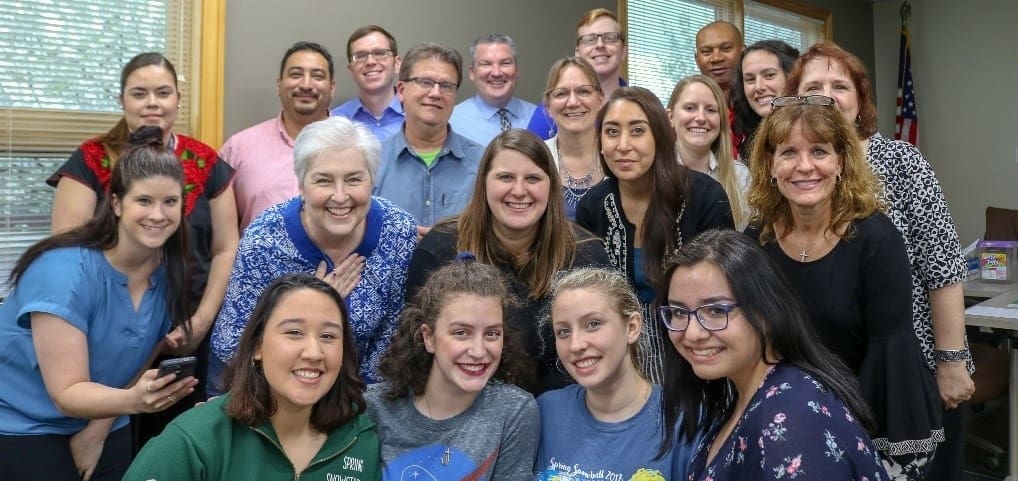
Tell me about your community and the communities that your coalition serves – its population and unique features. When was the coalition formed?
Located in the southwest suburbs of Chicago, the Community Alliance for Prevention serves Naperville and the far east region of Aurora, which is about 225,000 people living or working within the boundaries of school districts 203 and 204. In October 2013, a committed group of key leaders and community members focused on strengthening families came together. Their vision led to a shared purpose, to prevent and reduce youth substance use. The Alliance utilizes a data driven approach to identify evidence-based strategies to create community change. In the last five years we have purposefully developed strategies while increasing our proactive community collaboration.
What unique issues is your coalition facing?
“While it is not necessarily unique to our area, there has been an increase in e-cigarette/vaping use in our community,” said coalition coordinator Matt Cassity. “There has been a huge increase in educational efforts about this topic in the last 18 months. We have worked with our community to provide informational presentations at the student, parent, staff, faith, school board and city government levels. In addition, we have created marketing and take-home pieces to increase awareness and understanding of this issue.”
How did you get there, and what are your outcomes?
In assessing our community, it became clear that many people had no idea what to do with unused or expired medications. We talked with coalition members, professionals and community members in the area about how to best address this need. Our Alliance members went to work crafting strategies to address the issue. Fortunately, our community already had drop box locations at our police and fire departments. The Alliance created rack cards that feature a drop off location map with addresses, and safe prescription practice tips. Our prescription medication and youth advisory committees worked to create scripts that our students used to voice radio PSAs than ran on prominent AM and FM radio stations in our community (WGN and 95.9 The River). We worked with one of our partners, the police department, to hold a local DEA National Takeback event. We are currently developing video PSAs that we will run on social media and through digital marketing.
What advice would you give to other coalitions that may be addressing some of the same issues?
“Substance use trends continue to evolve, which necessitates that our response evolves right along with them,” said Cassity. “Always look to seek out new ideas and approaches from others who are working toward the same purpose. Continue to build partnerships that will help shape and amplify prevention efforts. Fostering that spirit of collaboration is essential to what we are doing.”


